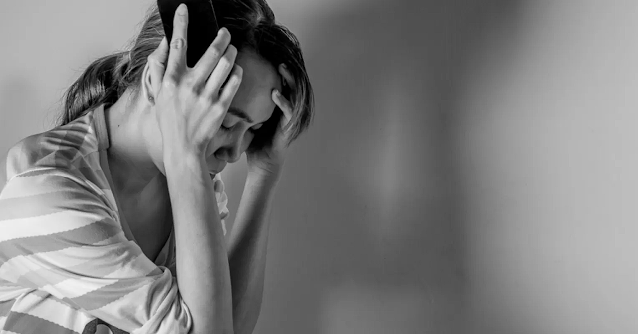Through the Storm: Understanding the Depths of a Panic Attack
I remember the first time it happened – the world around me felt like it was closing in. My heart pounded so fiercely I thought my chest might burst, my palms were slick with sweat, and every muscle in my body trembled uncontrollably. My breath came in shallow, ragged gasps, like I was drowning above water, and my mind raced with an all-consuming fear that struck from nowhere, and without warning. It didn't matter where I was; I could've been behind the wheel, lost in mundane thoughts, or abruptly torn from sleep's embrace. The terror was relentless and unstoppable, and for the first time, I was convinced I wasn't going to make it.
Panic attacked me, and it didn't care about time or place. It caught me in my most vulnerable, private spaces or amidst the bustle of my daily routine. If you've felt this before, you know that even if it isn't your first time, the feeling that you're about to die can grip you mercilessly. But if it is your first encounter, the fear is indescribable, a pure and primal terror that leaves you reeling.
So what was happening to me? There's an elusive mystery around what triggers these episodes. Some experts speculate heredity might be to blame, while others point to the incessant whine of stress. Dig deeper, and you'll find that a shadowy history of mental disorders – depression, phobias – makes one more susceptible to these attacks. It's a twisted kind of comfort to know I'm not alone in this; they say one in three adults will endure a panic attack at some point in their lives. It's a sprawling, silent epidemic.
There are whispered classifications among professionals: spontaneous, specific, and situational. A spontaneous panic attack, as the name suggests, erupts with no clear cause or warning. The specific kind is like an old adversary triggered by familiar circumstances, a loop playing over and over. Then there's the situational type, sneaking up unannounced during activities like riding a bike – stark reminders of how unpredictable our minds can be.
There are those, however, who experience just one solitary panic attack. These single episodes are often heavy-laden with significant life stressors, dissipating once the weight is lifted. Then there are the others, like me, trapped in a recurring cycle. The endless attacks push us towards seeking refuge in various therapies, some guided by compassionate hands of health care professionals. The approaches are as diverse as our experiences: for those who seldom suffer, there are structured programs, echoes of the methodical steps of Alcoholics Anonymous. For the relentless torment of frequent attacks, medication sometimes offers fleeting respite. The real, lasting help often lies within the sanctuaries of psychologists and psychiatrists, whose understanding words and gentle guidance can light the path out of darkness.
The journey through panic is uniquely personal, a harrowing trek filled with stumbles and falls but also moments of clarity and strength. It's within these profound challenges that we often find the deepest reservoirs of resilience. And there, amid the murky, turbulent waters of fear, hope glimmers like a distant lighthouse, steadfast and unwavering.
In the throes of an attack, the world feels unbearably small, each heartbeat a thunderclap against the walls of your chest. You want to escape, to find solace in the familiar, but the panic binds you, a cruel puppeteer pulling your strings. Yet, it's essential to remember that this moment, no matter how intense, will pass. The storm will break, and in its wake, you will stand once again, breath steady, heart calm.
I have come to understand that panic attacks, though agonizing, are not signs of weakness but rather our mind's way of voicing its distress. It's a painful plea for attention, a stark reminder that we need to care for ourselves with the same tenderness and compassion we so readily offer others. Embracing this understanding, we can begin to heal, to find peace amid chaos.
And as we walk this path, we discover that we are not isolated in our struggles. There's a delicate yet profound beauty in shared vulnerability, in realizing that others have trodden similar paths and emerged stronger. Through connecting with others, sharing our stories, and listening to theirs, we stitch a tapestry of collective resilience, each thread imbued with the strength of countless survivors.
Let yourself be vulnerable, allow yourself to weep if you must, but never let go of that glimmer of hope. Embrace the support of kindred spirits, professionals, and most importantly, be gentle with yourself. Each panic attack, while terrifying, is not an ending – it's a part of the journey towards understanding and reclaiming our peace.
So, if your heart races, your breath falters, and fear grips you tight, know that you are seen, understood, and never alone. Together, we will weather this storm, finding solace in unexpected places, and emerging from the shadows, not unscathed, but undoubtedly stronger.
Tags
Self Improvement
